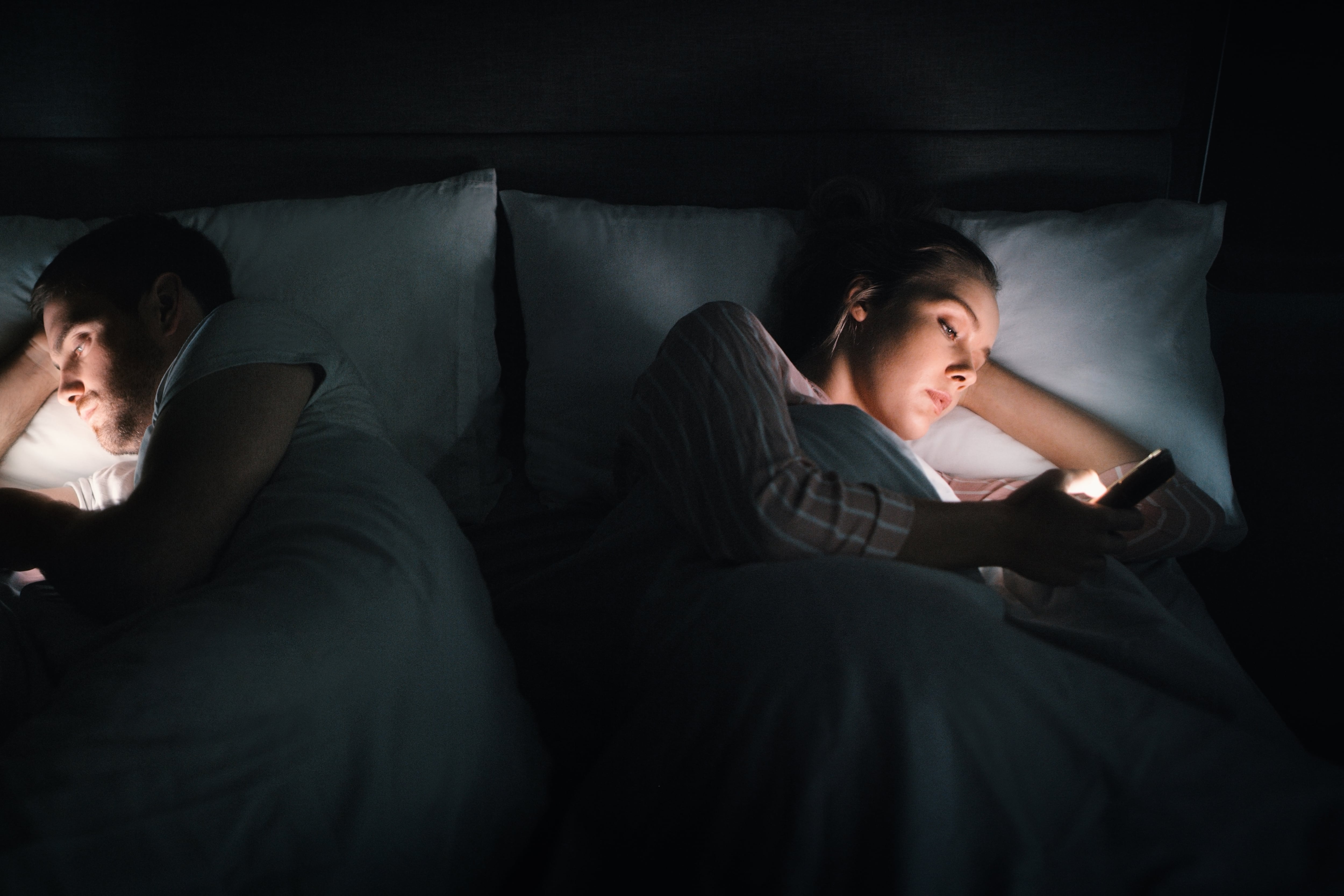Does exercise improve your concentration? Sixth-class pupils of Scoil San Treasa in Mount Merrion, Dublin, answered with an emphatic “YES!” as they gathered in the RDS to demonstrate the outcome of their research.
The results of timed tests on classmates after one group exercised before their devised mini-exam, and another did not, was so clearcut that they recommend all school tests be conducted after a significant warm-up. In this case, it entailed getting the heartbeat up by doing squats, fist pumps and running on the spot, explained Zeinab.
The over-riding lesson from their experiment, classmate Emma said, was a need to incorporate more exercise into their day, especially during breaks in the schoolyard.
Their school is one of 30 participating in the Primary Science Fair at the RDS which has been a distinctive, non-competitive part of the BT Young Scientist & Technology Exhibition over 15 years. It gives primary school students who have an interest in science and technology an opportunity to explore themes they agree on as a class and to experience the event.
RM Block
This year students are presenting projects across a variety of topics, including environmental awareness and care, renewable energy and living things.
The fifth class from Barryroe National School outside Clonakilty, Co Cork, led a mission to decrease the carbon footprint of their school community. They left no stone unturned.
It has been an 18-month exercise with their wish to do their bit to help address climate change and biodiversity loss, said junior researcher Elaine. On the latter front they have planted a lot of flowers, trees and vegetables in the school garden (ensuring a big return of pollinators); conducted beach clean-ups and used seaweed as fertiliser.
Her classmate Sean said their carbon-reduction efforts haves resulted in reduced electricity use, though Covid was a temporary hiccup as “we had a lot of heat loss due to having to open up windows”.
They have introduced a successful cycle-to-school initiative and, Sean explained, they also recycle batteries and clothes including school uniforms, use refurbished iPads and laptops, and minimise paper use, with any that is used then reused locally as animal bedding.
Third-class pupils at Scoil Naoimh Bríd in Ballyconnell, Co Cavan, had an array of paddle boats on display in a large water tub. There were 17 designs, according to Kamil, and made with various combinations of wood, polystyrene, plastic bottles and cardboard.

They watched YouTube videos to beef up their construction skills, while one prototype moved with impressive speed by simply pouring water into a cup implanted in the middle of the vessel, with the liquid discharging through a pipe underneath.
“We learned boats can flood,” said Kaytan, but he assured The Irish Times most of their boats work.
Sixth-class students at Scoil Phroinsias Naofa in Clara, Co Offaly, displayed “the magic of the microbit” and, in the process, developed expertise in computer coding. They acquired minicomputers and, using the BBC microbit app, built a range of fun items, including a step counter, lunch box alert (where light activates the device when opened) and a random dice for use in games.
“I really enjoyed it,” said Frank, “I learned a lot of things and we got to work on microbits – basically minicomputers – and we learned how to do coding.”
The sixth class in Moyderwell Mercy Primary School in Tralee, Co Kerry, tested the response of more than 280 students and teachers in describing various coloured images in a fascinating experiment on how the brain sees one image yet the eye seems to see another.
There was not much difference between young and older people, Nicole outlined, but puberty seems to be a factor among young people in, for example, describing what they see in a multicoloured dress. “It was interesting. We got to see how the eye and brain works,” she said.
After extensive brainstorming, fifth-class pupils at St John the Apostle Knocknacarra NS in Galway designed a variety of plastic parachutes to measure the impact of air resistance by tying them to their backs and running against the wind. The bigger the parachute, “the more we slowed down,” said Christina, one of the young experimenters.



















